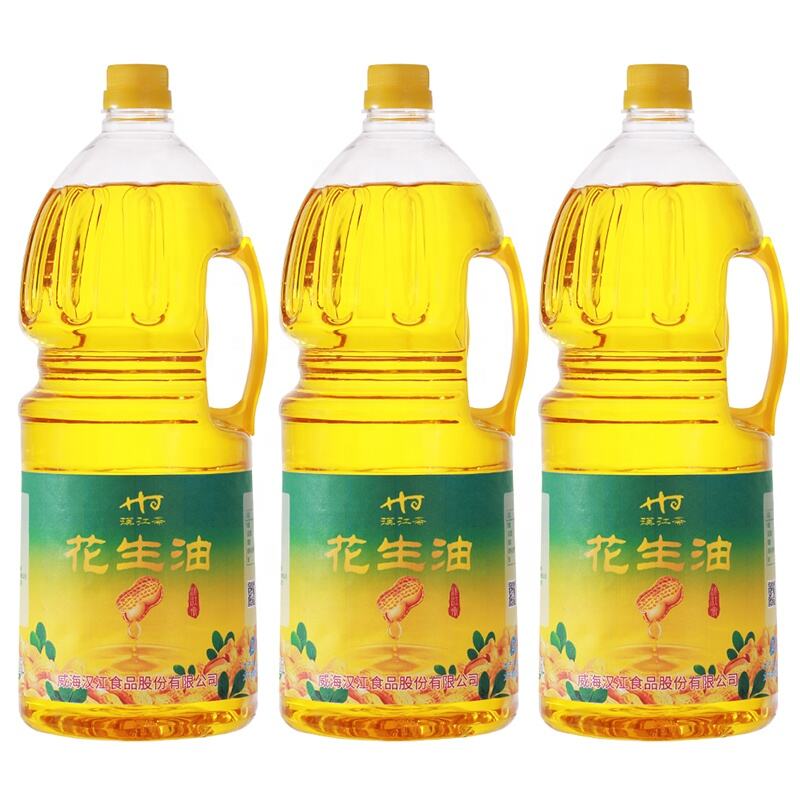red adzuki bean price
Red adzuki bean prices reflect the market dynamics of one of Asia's most cherished legumes. These small, burgundy-colored beans are highly valued in both traditional Asian cuisine and modern health food markets. The price of red adzuki beans fluctuates based on several factors, including harvest conditions, global demand, and agricultural production costs. Current market trends show varying price points ranging from $2 to $5 per pound in retail markets, with bulk purchases offering more competitive rates. The pricing structure typically accounts for quality grades, with premium varieties commanding higher prices due to their superior texture and cooking properties. Market analysts track these prices closely, as adzuki beans represent a significant commodity in international trade, particularly in Japan, China, and Korea. The beans' versatility in both sweet and savory applications, combined with their impressive nutritional profile featuring high protein content, fiber, and essential minerals, continues to drive steady demand and influence pricing patterns. Farmers and distributors must carefully monitor production costs, including cultivation, processing, and transportation expenses, all of which factor into the final market price.


